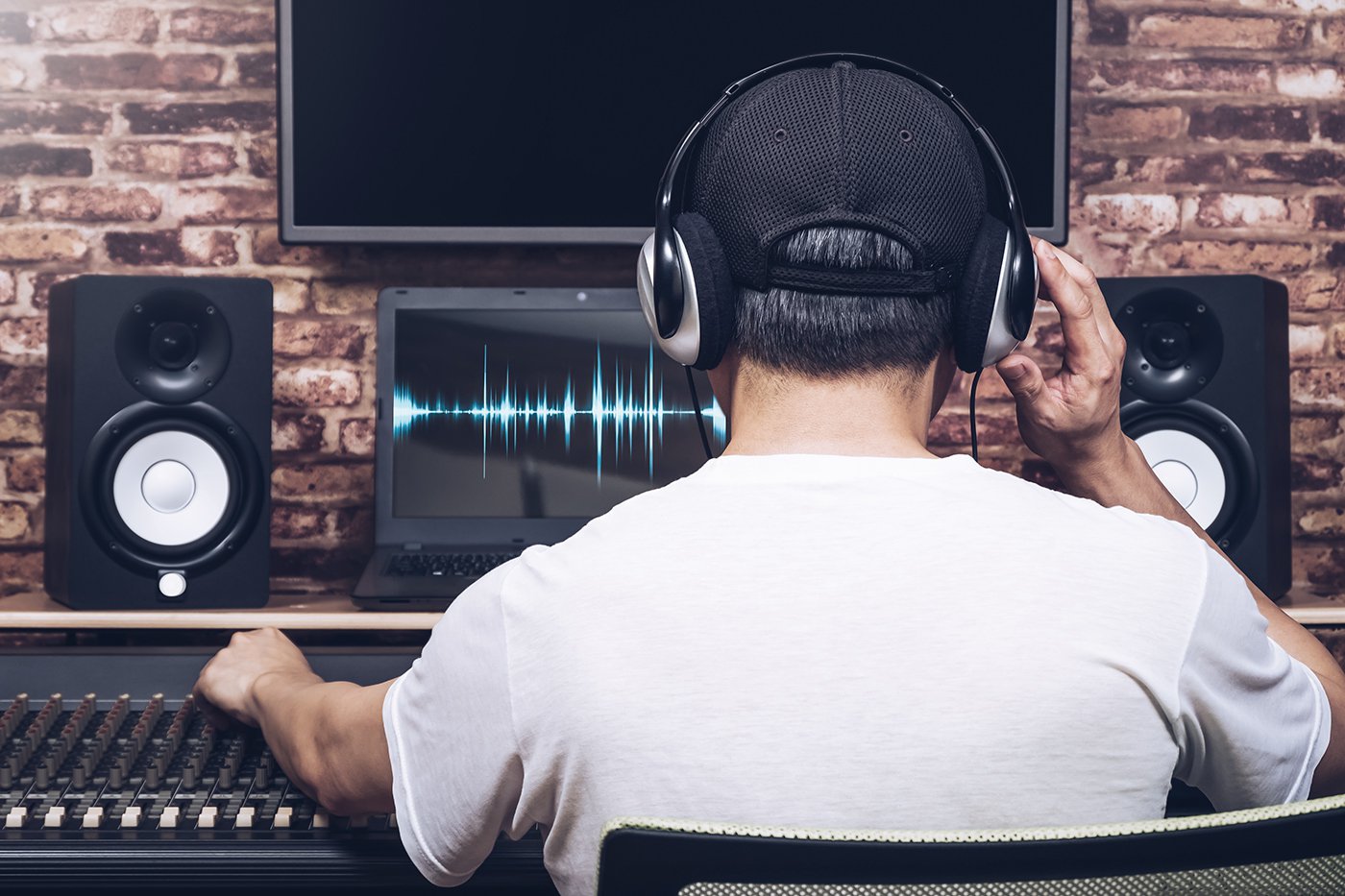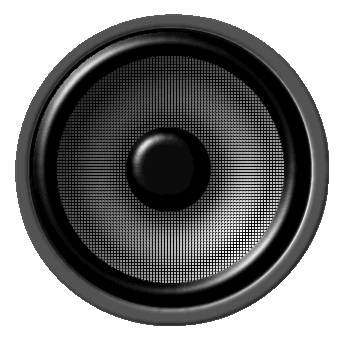
Audio editing software is any software or computer program which allows editing and generating audio data.[1] Audio editing software can be implemented completely or partly as a library, as a computer application, as a web application, or as a loadable kernel module. Wave editors are digital audio editors. There are many sources of software available to perform this function. Most can edit music, apply effects and filters, and adjust stereo channels.
A digital audio workstation (DAW) is software-based and typically comprises multiple software suite components, all accessible through a unified graphical user interface. DAWs are used for recording or producing music, sound effects and more.[2]
Music software capabilities
Audio editing software typically offer the following features:
- The ability to import and export various audio file formats for editing.
- Record audio from one or more inputs and store recordings in the computer’s memory as digital audio.
- Edit the start time, stop time, and duration of any sound on the audio timeline.
- Fade into or out of a clip (e.g. an S-fade out during applause after a performance), or between clips (e.g. crossfading between takes).
- Mix multiple sound sources/tracks, combine them at various volume levels and pan from channel to channel to one or more output tracks
- Apply simple or advanced effects or filters, including amplification, normalization, limiting, panning, compression, expansion, flanging, reverb, audio noise reduction, and equalization to change the audio.
- Playback sound (often after being mixed) that can be sent to one or more outputs, such as speakers, additional processors, or a recording medium
- Conversion between different audio file formats, or between different sound quality levels.
Typically these tasks can be performed in a manner that is non-linear. Audio editors may process the audio data non-destructively in real-time, or destructively as an “off-line” process, or a hybrid with some real-time effects and some offline effects.
Comparison of destructive and real-time editing
Destructive editing modifies the data of the original audio file, as opposed to just editing its playback parameters. Destructive editors are also known as sample editors. Destructive editing applies edits and processing directly to the audio data, changing the data immediately. If, for example, part of a track is deleted, the deleted audio data is immediately removed from that part of the track.
Real-time editing does not apply changes immediately but applies edits and processing on the fly during playback. If, for example, part of a track is deleted, the deleted audio data is not actually removed from the track, but is hidden and will be skipped on playback.[5]

